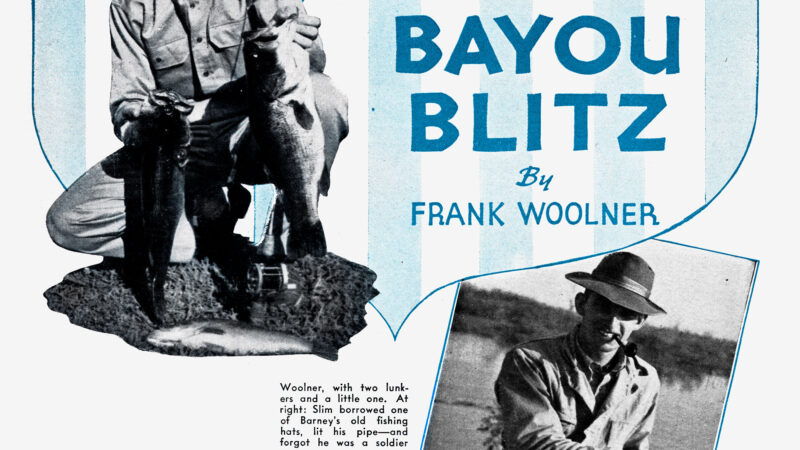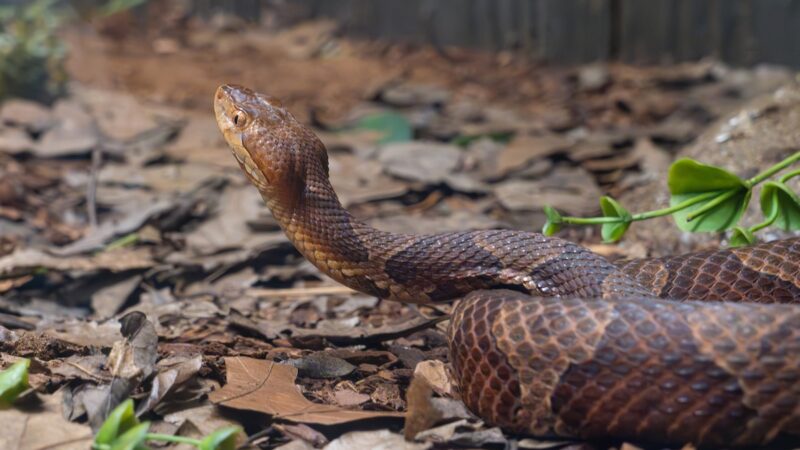The Best Cross Country Skis of 2025, Tested and Reviewed
We may earn revenue from the products available on this page and participate in affiliate programs. Learn More ›
Cross country skiing has finally hit its stride. It’s seen an explosion of recent growth in the U.S., and with that increased popularity has come exponential improvement in cross country skis. The best cross country skis are becoming lighter, faster, more environmentally friendly, and definitely more fun. But figuring out which XC skis, exactly, are best for you can be a challenge.
So testers from across the West spent the season trying a dozen cross country skis to help you take some of the guess work out of figuring out the best cross country skis for your interest, ability level, and ideal price point.
- Best Fast Skate Skis: Fischer Speedmax Helium Skate 61K
- Best Intermediate Skate Skis: Atomic Redster S5
- Best Beginner Skin Ski: Salomon RC8+ eskin
- Best Beginner Skate Ski: Fischer Aeroglide Skate 85
- Best Beginner Backcountry Touring Ski: Fischer Spider 62 Crown
How We Tested the Best Cross Country Skis
A variety of male and female testers tried nearly a dozen skis from a handful of companies to determine the best sticks for you. We started early, testing the skis on thin, crusty, and patchy snow, then powder and wind-swept slopes along with the corduroy-groomed trails of mid-winter. Our testers ranged in ability from former collegiate racers to genuine beginners. We also talked with experts like Jann Guenther, owner of Gear West Ski and Bike in Minnesota, who has been buying and selling skis and racing for nearly 40 years.
These are the top picks for anyone looking to get into the sport or update an outdated package.
Best Cross Country Skis: Reviews & Recommendations
Best Fast Skate Skis: Fischer Speedmax Helium Skate 61K
Pros
- Super light
- Fast action
- Attractive ski
Cons
- Expensive
Key Features
- World cup tip
- Waxable sidewalls
- Cold-base bonded
These are Fischer’s top skate skis for soft snow conditions. One tester used the 61K on trails across Wyoming and Colorado including the popular Snow Mountain Stampede Race in Winter Park, Colorado. Fischer’s biggest claim about the skis is their gliding sidewalls, which means they’re made out of base material so they will glide. According to our tester, the promotional material checks out. That thin, waxable layer on the sidewall did reduce friction. Though he noted, as does the company, that it should only be waxed with liquid wax.
The hole in the tip is supposed to reduce the swing weight of the ski, which our tester reported felt a little strange at first but then became second nature and felt faster. The cold base bonding also helps bases absorb wax better to make skis go faster for longer.
“Between being so lightweight and the responsive action they’re a really fun ski,” he said. “Though someone who hasn’t skied for years may not necessarily notice the difference between the Speedmax Helium skis and our choices for best intermediate skis.”
Best Intermediate Skate Skis: Atomic Redster S5
Pros
- Fast action
- Relatively low price
- Stable
Cons
- Double groove makes waxing more of a hassle
- Limited options on flex
Key Features
- Ultra-high Densolite Core with carbon laminates
- Two grooves in the base
One tester reported these skis felt fast and springier than others he tried in this category. He noted the quicker action of the skis felt much like a fly rod’s action. A little spring feels good, too much give and it’s a slog. These skis sprung back nicely and he reported genuinely enjoying skiing on them.
Consider these skis a good fit for someone who wants to race, and already has some cross country ski knowledge. A beginner could try them out, but might be better off with a slightly cheaper, more stable option.
If you’re looking to upgrade from your beginner set up though, and are on a budget, consider buying these and investing extra money in better glide wax rather than buying a more expensive, higher-end ski.
Another good option: This tester also skied extensively on the Salamon RS8 and enjoyed the stability in early-season, varied snow conditions. They would also be light and fast enough to race on them and offer flex options. He did note, however, that they felt a little less responsive than the Atomic skis. They’re also slightly more expensive. But for anyone looking for another good intermediate ski – with only one groove in the base – they’re worth a try.
Best Beginner Skin Ski: Salomon RC8+ eskin
Pros
- Customizable shift bindings
- Mid length to help with speed and maneuverability
- Heel-toe camber eases body weight shift
- Affordable
Cons
- Heavier than next level up
Key Features
- 1.43 kilograms
- 100 percent mohair skin
- S-Cut sides
- Prolink Shift Classic plate and binding
The RC8+ eSkin is marketed as an intermediate ski that’s race worthy. And while you could take this out for a local race, it’s certainly not the fastest skin out there. It’s also not priced like the most expensive ski. But what this ski does do is give you a lot of fun as you head down the trail. Their S-cut sides make them wide enough for beginners but narrow enough to feel fast. They also have adjustable Prolink bindings that allow you to quickly (relatively speaking) change your foot position depending on the trail’s terrain.
Skin technology continues to improve each year, and if you’re looking for a pair of skin skis to get you started, this is a good bet.
Read Next: Best Cross Country Ski Boots, Tested and Reviewed
Best Beginner Skate Ski: Fischer Aeroglide Skate 85
Pros
- Shorter length for better control
- Sidecut for more stability
- Springier push off
Cons
- Heavier
- Shorter length isn’t quite as fast
Key Features
- Air Core Basalite Pro
- Two grooves in the base
- Turnamic bindings
Deciding the best length for someone’s skate skis must consider more than just a person’s height and weight. Longer skis can be faster, allowing a skier to glide farther down the trail, but longer skis are also harder to control and become unwieldy. Shorter skis, by contrast, are easier to control but can be slower. The Fischer Aeroglide 85 errs on the shorter side, which is not only better for beginner control, but also plenty of fun for intermediate skiers.
This new ski wasn’t built to be Fischer’s fastest line (which is why it’s a lot more affordable than the higher-end skis). It is, however, a great ski for beginners.
Our testers noted the springy camber that helped propel them down the trail. Even our expert skier who has raced for decades enjoyed the slightly shorter ski especially on cold snow conditions where a long glide wasn’t going to be possible no matter what. The new side cut also provided a little more stability compared to some of the more elite options.
Best Beginner Backcountry Touring Ski: Fischer Spider 62 Crown
Pros
- Easy to use on and off trail
- Affordable
- Relatively light
- Good grip in any snow conditions
Cons
- Slow
Key Features
- Full length metal edges
- Air-channeled wood core
- Crown pattern in base for waxless kick zone
There’s a reason Fischer says their Spider 62 Crown is one of their most popular skis. It’s one of the easiest skis out there to clip into and go. Our testers, which included a newbie and expert, both noted the ski’s unconditional grip and stability. Guenther also recommends this ski, while noting it’s not the most beginner of skis, but is the best value for the quality. “It’s an absolute blast,” she said. “And it has a long kick.”
Are you going to win a race in these? Probably not. But you will have a great time cruising down trails with friends or family and won’t think twice if you need to veer off course into powder. It was also a fun ski on a crusty, wind-blown golf course.
How to Choose the Best Cross Country Skis
The best cross country skis for one person may well not be the best cross country skis for another person, but there are some general truths that apply to most people.
Wax, Scales, or Skins
The first, as it pertains to classic skis, is that kick wax can be a pain to understand how to use and begin using. If you want to classic ski but don’t imagine you’ll be racing or getting into the technical details, you’re best off with a pair of fish scales that are manufactured into the ski base or mohair skins where the grip is a little more subtle but doesn’t change. These skis will likely never be faster than a pair of traditional classic skis waxed perfectly for the conditions. It’s why you won’t see Olympians lined up at the start with these skis. But they certainly have their place. If you just want to classic ski and want to have a good time but don’t want to worry about wax or going too fast, fish scales or skins will probably make you happier.
Length
The same goes for ski length. While slightly longer and skinnier skis can be faster, they can also be more difficult to control. If you’re starting out, consider skis that are designed to be purchased a little shorter.
Edges
A ski with metal edges will also give you more control, particularly off of trails, but you lose speed both because they’re heavier and often wider. And as a trade-off, if you think you’re going to be going back and forth between trails and backcountry, err on the side of wider skis with a metal edge. While a wider ski on trails might be slower, they will still be a good time, whereas a skinny ski off trail in powder sinks immediately and can be miserable. If you’re unsure what size to get, read the manufacturer’s guidelines, but also go to a local ski shop to ask for recommendations.
Bindings
Make sure the bindings on the skis you purchase are the same as the ones that match your boots. Learn more about choosing the right kit in What You Need (And Need To Know) To Start Cross Country Skiing.
FAQs
Yes, sort of. While classic skis are longer than skate skis, classic poles are shorter than skate poles. You can, however, classic ski with longer poles. But skate skiing with shorter poles will be frustrating and not nearly as fast. If you can only buy one pair of poles, and you think you will be skate and classic skiing, buy a pair of poles for skate skiing.
If you want to skate ski, then yes, you need to skate ski on groomed trails. With the exception of crust skiing in the spring, where snow has melted and frozen in hard enough layers that you won’t fall through, skating off groomed trails is a lesson in frustration. Classic skiing is fastest in tracks set on groomed trails, but you can classic ski just about anywhere.
For years as cross country skiing evolved, companies would sell what they call combination skis where you put kick wax in a kick zone and use that to classic ski, or take the kick wax off and skate on them. I raced on combination skis in my early teens 25 years ago. Combination skis, however, are not recommended anymore. The length, stability and build of both skis are too different to allow either one to work for the other. In some ways, it’s like using a fat bike to ride long distances on dry pavement. And if you plan on skiing for years, you will likely end up purchasing separate skis resulting in three pair of skis including one you rarely use.
Final Thoughts on the Best Cross Country Skis
Cross country skiing is not only a great way to get out of the house on a cold winter day; it’s also a good workout and a lot of fun. While XC skiing can have a steep learning curve, many Nordic associations and ski areas offer lessons for adults. And like most outdoor pursuits, the journey to learning how to ski comes with its own rewards, as long as you have the best cross country skis that fit and work for you.
- Best Fast Skate Skis: Fischer Speedmax Helium Skate 61K
- Best Intermediate Skate Skis: Atomic Redster S5
- Best Beginner Skin Ski: Salomon RC8+ eskin
- Best Beginner Skate Ski: Fischer Aeroglide Skate 85
- Best Beginner Backcountry Touring Ski: Fischer Spider 62 Crown
The post The Best Cross Country Skis of 2025, Tested and Reviewed appeared first on Outdoor Life.
Source: https://www.outdoorlife.com/story/gear/best-cross-country-skis/




